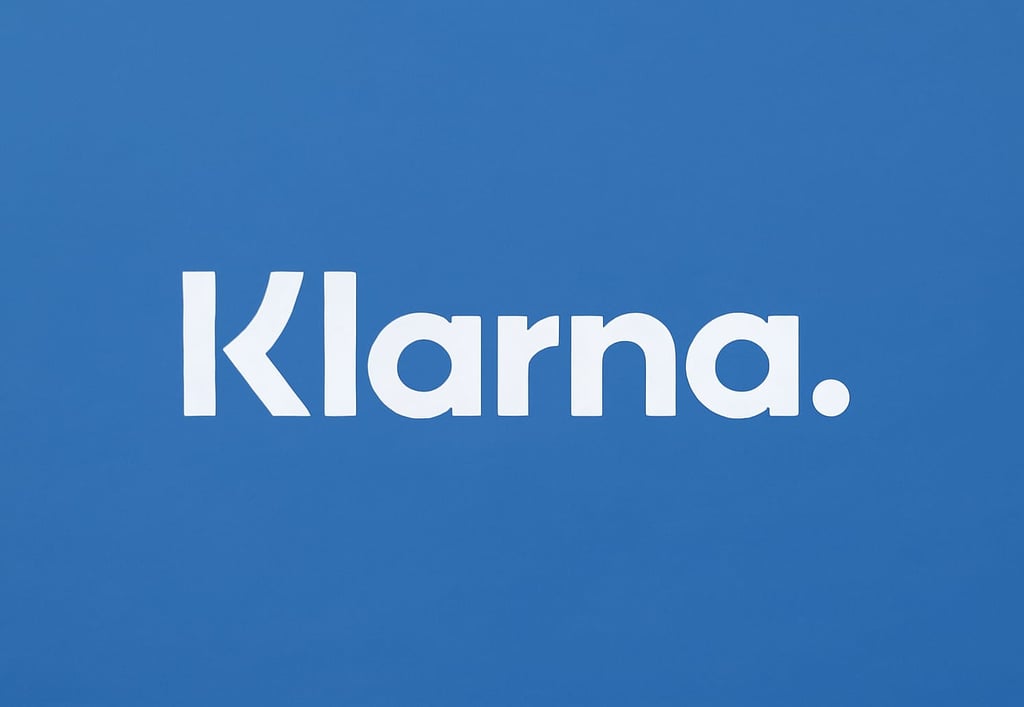Klarna Q3 Revenue Surges to $903M, Exceeding Expectations After IPO
In its first earnings report since going public, Klarna beat Q3 revenue estimates with $903M in revenue, strong U.S. growth, but reported a $95M net loss.
Raja Awais Ali
11/18/20252 min read


Klarna’s Q3 Revenue Exceeds Expectations in First Post-IPO Earnings
Swedish fintech company Klarna reported a strong performance in the third quarter of 2025 in its first earnings release since going public. The company posted $903 million in revenue, marking a 26% year-on-year increase, comfortably surpassing analyst estimates.
This growth was largely driven by Klarna’s expanding presence in the U.S. market, where it saw particularly strong momentum. Its gross merchandise volume (GMV) rose 23% globally, reaching $32.7 billion, while in the U.S. alone, GMV jumped 43%. U.S. revenue also surged 51%, reflecting rapidly rising demand for its “buy now, pay later” model among American consumers.
Klarna’s user base expanded significantly as well: active customers increased by 32%, reaching approximately 114 million. This growth underlines the company’s success in scaling its platform and deepening engagement with both consumers and merchants.
However, despite the impressive topline, Klarna reported a net loss of $95 million for the quarter, a sharp reversal from a $12 million profit in the same period last year. The company attributed this loss in part to its transition to U.S. accounting standards following its IPO, as well as increased costs tied to its growth strategy.
Klarna’s CEO highlighted the role of artificial intelligence (AI) in driving operational improvements, accelerating product development, and improving customer experience. But he also cautioned that rising expenses — particularly for building new data centers — remain a significant challenge.
Looking ahead, Klarna expressed confidence in its trajectory. For the fourth quarter of 2025, the company forecasted revenue of $1.07 billion, slightly above market expectations. This optimistic outlook has buoyed investor sentiment, even as clarity on profitability remains a work in progress.
Analysts believe that Klarna’s results reflect a strategic shift: the company is no longer just a “buy now, pay later” provider, but is evolving into a more diversified financial-services platform. It is increasingly leaning into traditional lending, backed by its AI-first approach and global scale.
Still, critics warn that Klarna’s path to consistent profitability will depend heavily on how well it can manage credit risks, control high infrastructure costs, and maintain healthy growth in its newer business lines. The net loss this quarter shows that scaling rapidly comes at a price.
In summary, Klarna’s Q3 earnings report delivers a nuanced message. On one hand, the company’s revenue beat expectations and its user base continues to grow strongly. On the other hand, its profitability still faces headwinds, even as it reinvents itself for a post-IPO future. For investors and market watchers, the key question will be whether Klarna can translate its strong growth and AI investments into sustained long-term profits.